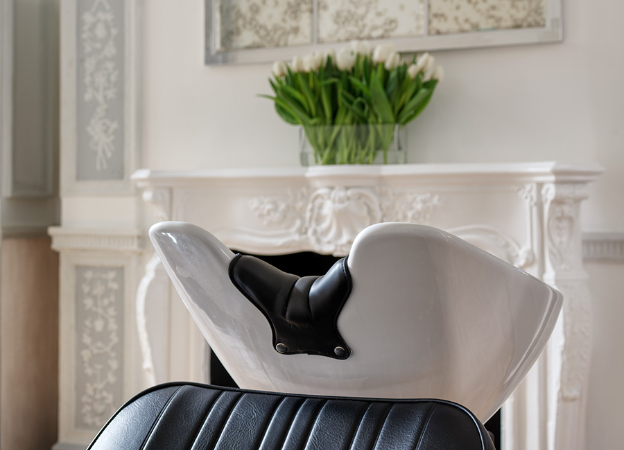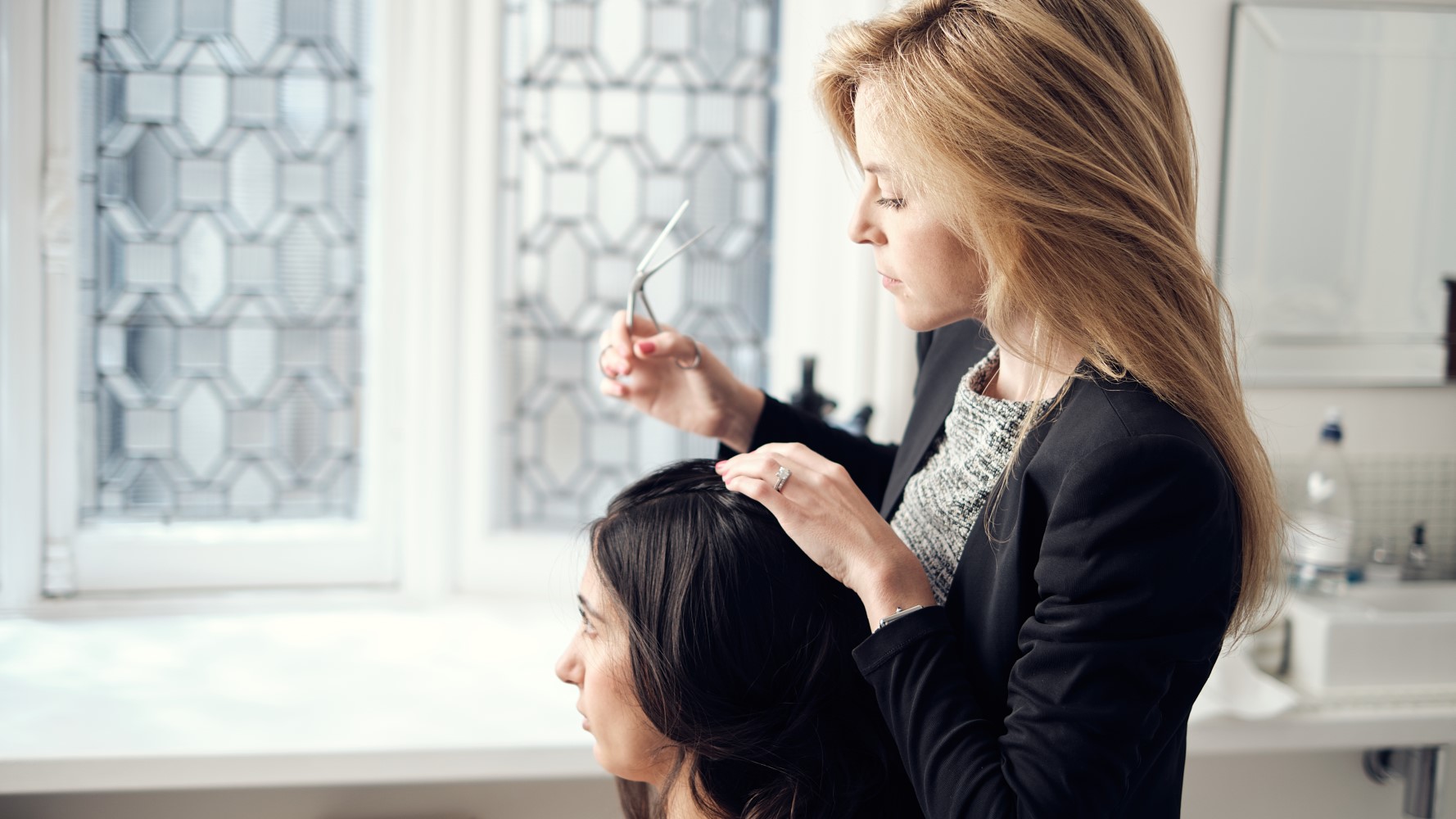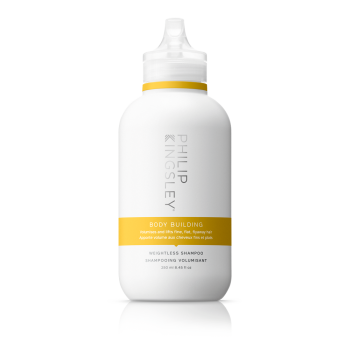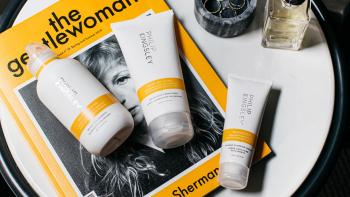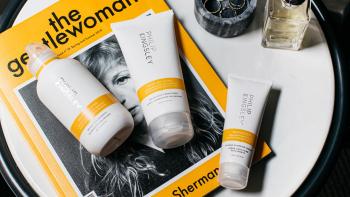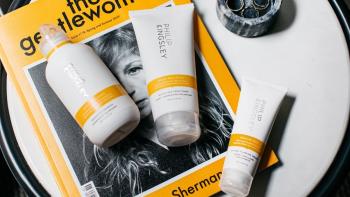Instead, we pioneered the technique of classifying hair according to four textures:
Other factors we take into consideration include your hair’s length, condition and level of processing. Combining all this information together helps us to advise you on a daily hair care regime that is right for you and your hair.
Once you've identified your hair texture, for the best results, the next step is to pinpoint the correct shampoo and conditioner you should be using. For a steer on this, header over to our compete guide, Find the right Shampoo & Conditioner for your hair. This helpful article highlights our full spectrum of ranges, as well as the products we recommend specifically for each hair texture, to help your hair look and feel it's very best. It's the ultimate resource to helping you find your perfect routine.
The 'Normal Hair' Myth
You may have come across labels on shampoo and styling products that say, ‘suitable for ‘Normal/Dry Hair’ or ‘Normal/Oily Hair’. However, what counts as ‘normal’ for your hair will not be the same ‘normal’ for everyone else (like your family, friends or children, for example). Your hair may be very fine and dry, while your friend’s might be very coarse and dry. Whilst both hair conditions are classified as ‘normal’, they require completely different regimes and products to look their best.
The 'Dry Hair' Myth
‘Dry’ is a term that describes the condition your hair is in, rather than your hair’s natural texture, although some people’s hair will be more prone to dryness than others. The products best suited to combatting dryness will differ depending on your hair texture. Your hair can be fine, straight, limp and dry, or coarse, curly, frizzy and dry. On the other hand, it could be oily at the roots and dry at the ends. Your hair could also be chemically processed, as well as short or long. Each of these combinations call for different products to get strands looking their best.
The 'Oily Hair' Myth
It’s natural for your roots to get a little oily, especially if you have fine hair. Every scalp produces sebum, a natural oil secreted by the sebaceous (oil) glands attached to your hair follicles. But, unlike the common myth, washing your hair does not strip it of its natural oils! Washing simply cleanses away the build-up of old oil on your hair and stops your strands from becoming limp, greasy and smelly. Your sebaceous glands will soon secrete fresh oil to help keep your hair supple and soft.
Poker straight strands tend to appear olier than curls or waves, and this is because sebum (oil) can flow easily down a straight hair, but a curly strand provides some resistance against this. The same thing can happen if hair is damaged and the outer cuticle layer is not laying smooth.
